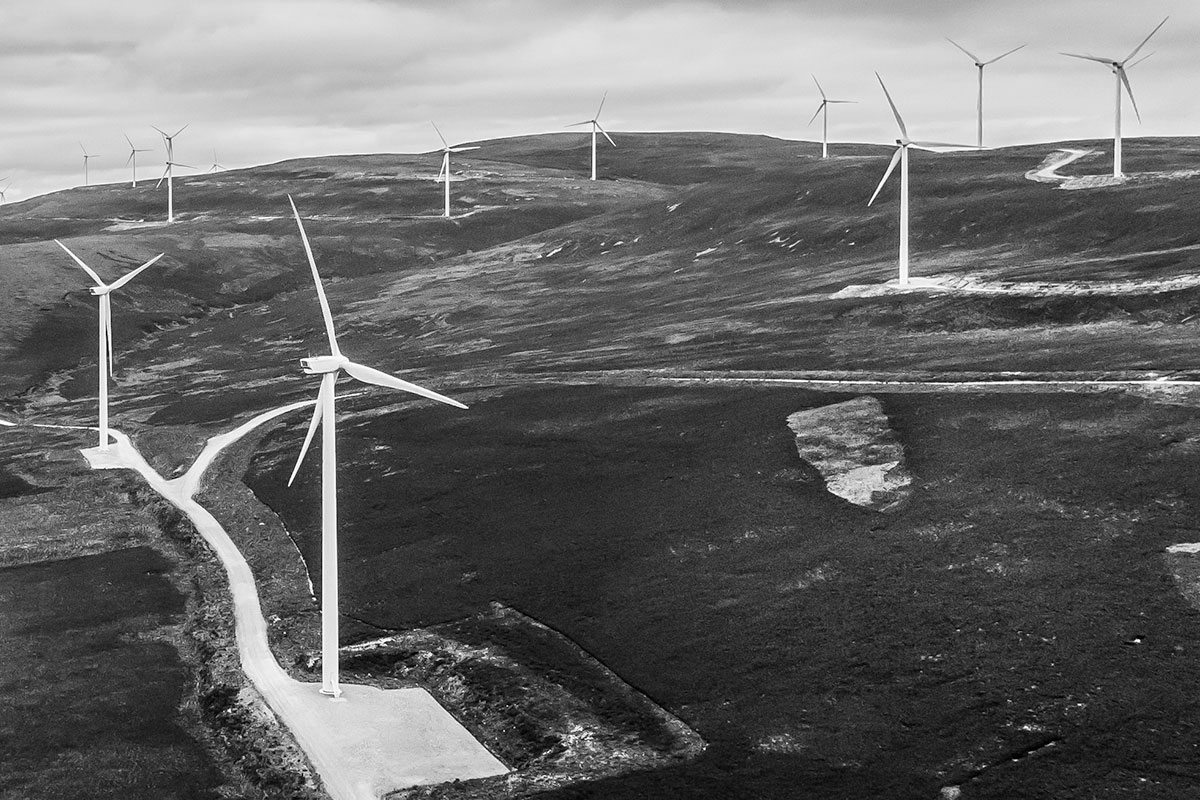A bid to construct a wind farm at Cairnmore Hill, near Thurso, has been rejected for the second time by The Highland Council, sparking strong criticism from developer RES.
The site, located around 4.5km west of Thurso, was previously identified by The Highland Council as an area with potential for wind farm development, yet it was refused under delegated powers without going before a local planning committee.
This is the second time RES has attempted to gain planning approval for a wind farm in the area, and it’s been a long road just to get to this point. In fact, RES first proposed a wind farm comprising 10 wind turbines almost a decade ago, before reducing that number to eight following public feedback. It subsequently reduced the number again to just five – which was the number of turbines rejected as part of the latest planning application.
RES notes that the redesigned proposal would have delivered key benefits, including a 16% net gain in biodiversity, as well as being located outside any nature conservation, landscape or cultural heritage designations. It was also projected to generate enough clean, low-cost electricity to power about 28,000 homes each year, mitigating roughly 23,736 tonnes of carbon emissions over its operational life.
Despite this, the Highland Council rejected the application before it even reached the planning committee, noting that the scheme would have “non-localised, significantly detrimental effect on landscape qualities, which are not clearly outweighed by social, environmental, or economic benefits.”
RES insists it had local support
The rejection of the Cairnmore Hill wind farm isn’t exactly surprising, given it’s the second time the project has received opposition from the local council – but that doesn’t make it logical. In fact, according to RES, which believed that it had addressed all of the complaints by reducing the scheme.
Euan Hogg, RES Development Project Manager, explained, “We carefully considered the Council’s feedback on our previous 8-turbine proposal and significantly reduced the scheme in response to this, so we’re naturally disappointed by the refusal – particularly given the importance of projects like Cairnmore Hill amidst the climate change emergency we are facing.
“This project could deliver significant inward investment to the area in addition to playing an important part in helping meet Scotland’s net zero carbon targets. Community support for the project has also been shown with over 200 support letters submitted into planning. We will now take time to review the Council’s decision and consider our options for the site.”
In addition to confusion from RES on the rejection of the proposal, the company insists that it had local support for the scheme. Llocal resident James Mackay, who is said to live closest to the site in Forss, commented, “Highland Council’s refusal doesn’t make any sense. It’s a great location for a wind farm, the wind never stops blowing. Their decision means that we’re missing out on local construction jobs and contracts as well as much-needed funding for community groups in Forss and Thurso. It would have given the area a boost, so it’s a real shame it’s not gone through.”
Why would the Highland Council reject the Cairnmore Hill wind farm?
According to RES, if consented, Cairnmore Hill Wind Farm would have represented around £1.4 million of inward investment for the region through local employment and services, alongside contributing £8.75 million in business rates to The Highland Council over its operational lifetime. The company had also pledged a tailored benefits package for both the Caithness West and Thurso Community Council areas, marking the first time Thurso Community Council would receive direct support from a wind farm in Caithness.
That clearly didn’t sway Highland Council, however, so what could be the motivation behind the rejection – outside of just visual reasons? Well, despite RES claiming to have widespread local support, the planning portal shows a slightly different picture. That’s because while the project did enjoy 224 letters of support from the local community, it also faced 639 objections.
Some of the comments opposing the scheme include William Sinclair, who noted, “Yet another onshore wind farm proposal in Caithness where we are already at windfarm saturation point.
“Caithness exports far more energy than it would every require, so the rest of the UK benefits from the energy produced in Caithness and yet Caithness pays the highest standard daily charge rate in the UK and as a whole receives no benefit.”

